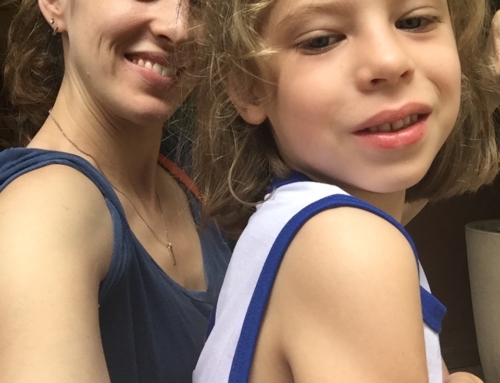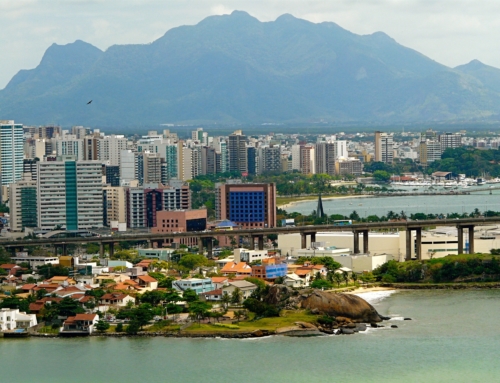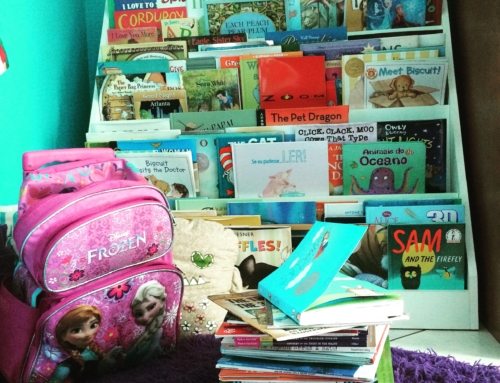When was the last time you went shopping for clothes? This past weekend? Last month? If you’re my brother, the answer is about 13 years ago when you could still be forced to accompany our mom. He’s survived off of birthday and Christmas presents ever since. Since those dates are December 21 and 25 respectively, he hasn’t owned a new pair of shorts in over a decade.
For those who can remember your most recent spree, why did you go out in the first place? Did you need new shorts for summer? Had your kid outgrown all his socks? Was it because you needed something orange? Or blue? Was color in any way a factor in deciding to hit the mall?
I’m curious because based on how the stores around me are laid out, color seems to be the primary characteristic people consider when shopping for clothes. Items are not grouped by type of clothing or season; clothing, no matter what it is, is grouped according to color. Miniskirt, pants, tank top, cocktail dress, if it’s any shade of purple it goes on the purple rack.
This is the absolute worst way to arrange clothing! I can’t even walk by a store that does this and not feel annoyed. The person who thought this a good idea was obviously a guy with one semester of design classes and a mom who bought all of his clothes for him.
Normally, I enter a store knowing that I need new shirts for work or a new dress for a dinner party. Even on the rare occasion when I have no purpose other than spending birthday money, I know I will be avoiding miniskirts, culottes, and anything in animal print. I would like to have these items together so that I don’t waste my time digging through them. Never have I entered a store looking only for a color.
Customer: Hi, I’m looking for some piece of green clothing.
Sales Associate: You’re in luck! We have this lovely green blazer or tube top.
Customer: No, those are a forest green. I was hoping for something more lime green.
Sale Associate: Well, we have these pajama bottoms.
Customer: Perfect! I’ll take them.
American college students prepping for a tailgate are the only people in the world who could legitimately have this conversation. This seems like a pretty small demographic to cater to, especially if your store is located in Brazil.
There is a high end retail store on the corner of my block that arranges its merchandise this way. At the moment, the front window has a long rack with every piece of purple clothing in the store. While I think the clothes are pretty I will never shop there. I would have to look through every single piece of clothing because that dressy, warm weather top I want could literally be ANYWHERE in the store.
On principle, I refuse to shop at a store that forces me to look through all of its merchandise. This is, of course, a possible explanation for this mind-bogglingly inefficient organization. I’ve also heard that it’s more visually appealing, an explanation I would accept from an art museum, but no one is walking into an international clothing retailer hoping for a visually arresting experience.
This organizational style is neither unique to Brazil nor done by every store here, but the first time I ever tried to shop in a store laid out this way was in Rio. A friend told me “Oh, this is how stores in Europe do it.” Really? I find it hard to believe that the Germans or Swedes would ever adopt a practice this inefficient. I’ve been in an Ikea. They wouldn’t put a couch with a toilet seat on the grounds they’re both white.
Thankfully, I have the Internet and can do most of my shopping without having to actually put on any of the clothes I’ve previously purchased. But maybe if the store on the corner would arrange its clothing in a more helpful manner, I’d be willing to stop by and look at the lovely skirts those kids in Bangladesh made.






